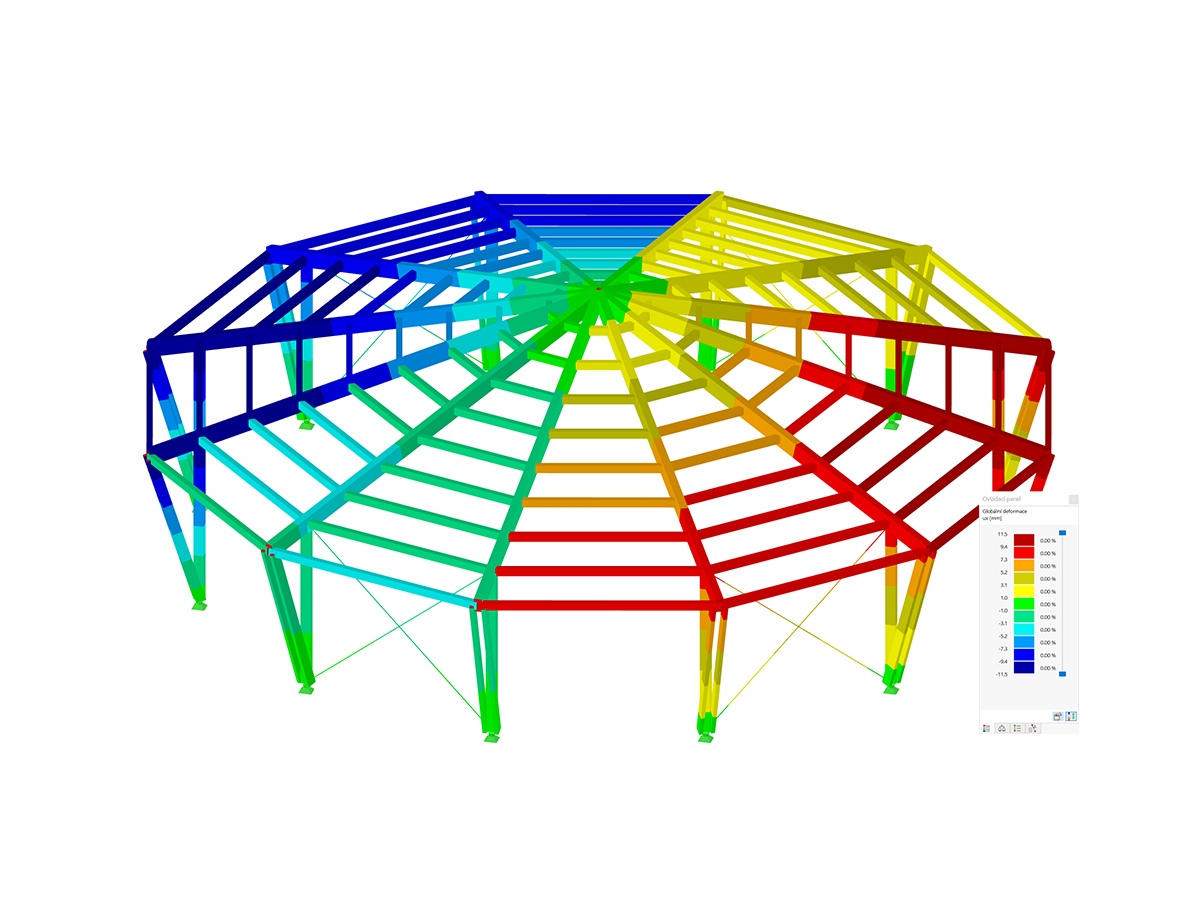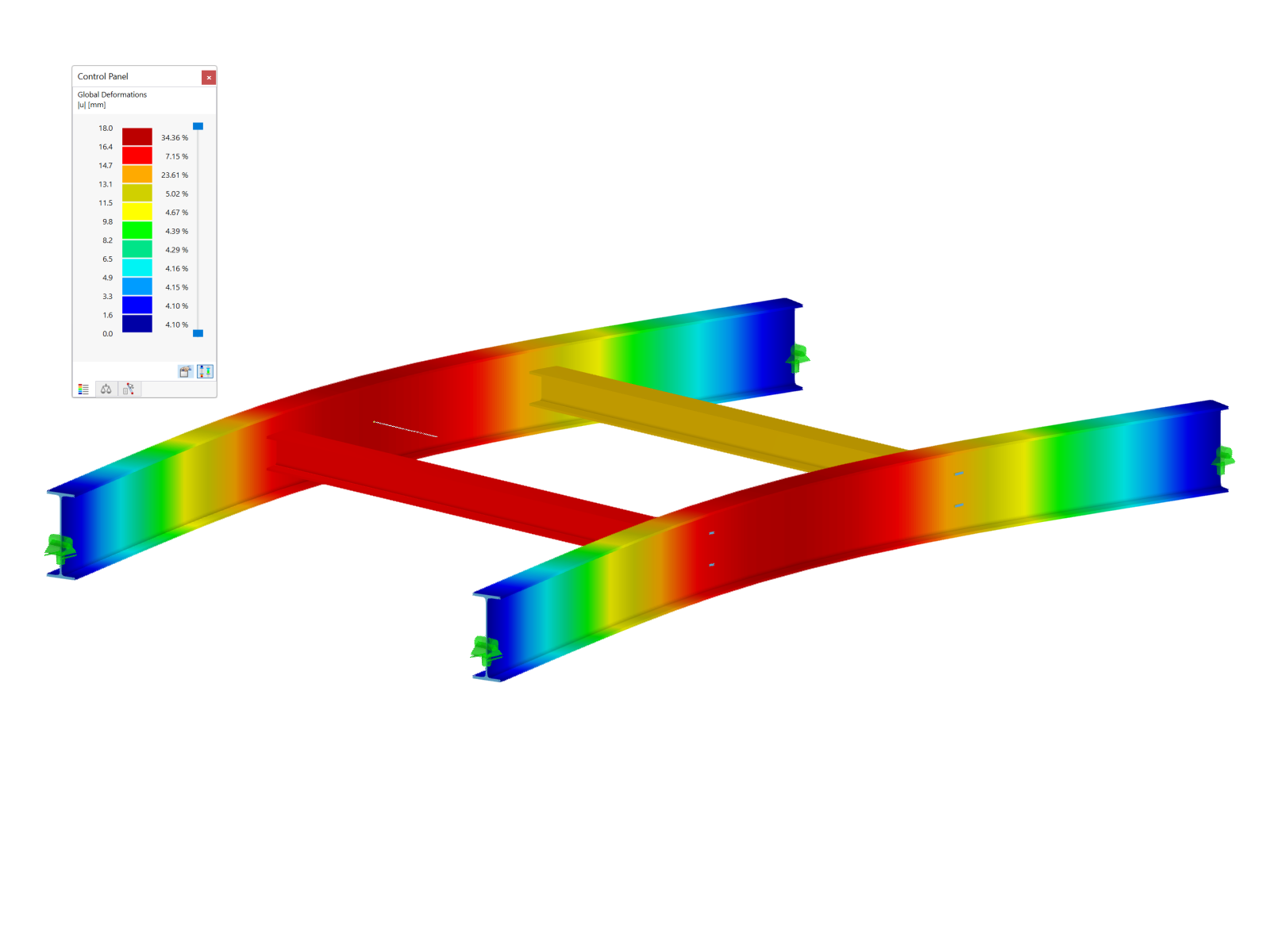This technical article deals with the design of structural components and cross-sections of a welded truss girder in the ultimate limit state. Furthermore, the deformation analysis in the serviceability limit state is described.
KB 001670 | Design of Welded Truss Girder
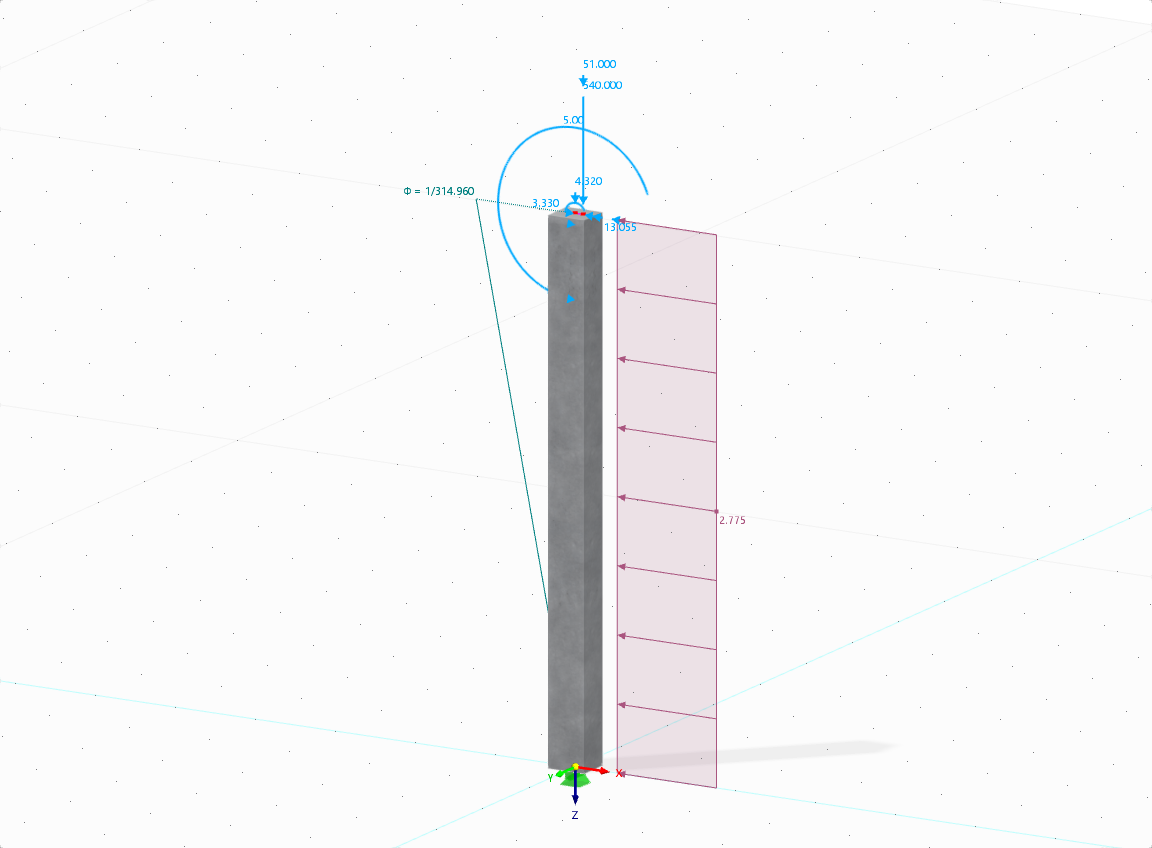
The aim of this technical article is to perform a design according to the general design method of Eurocode 2, using the example of a slender reinforced concrete column.


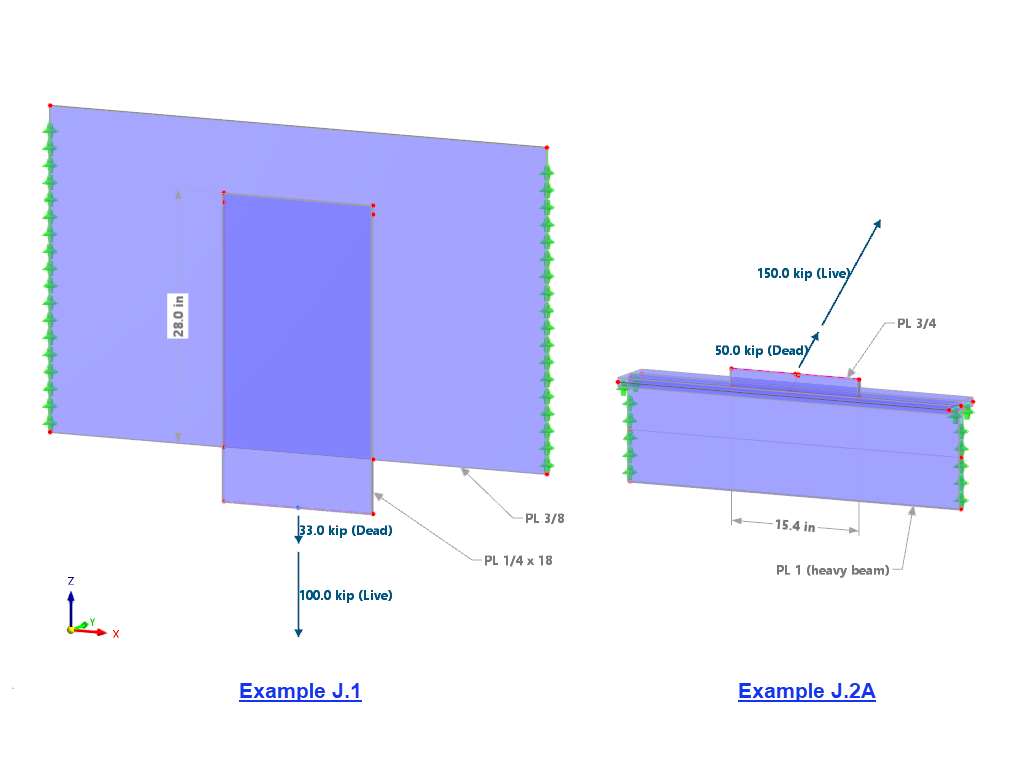

In the Stress-Strain Analysis add-on, you can use the option to specify sign-dependent limit stresses by stress component.

Get a better understanding of the stress distribution within member cross-sections by using clipping planes.

The modal relevance factor (MRF) can help you to assess to which extent specific elements participate in a specific mode shape. The calculation is based on the relative elastic deformation energy of each individual member.
The MRF can be used to distinguish between local and global mode shapes. If multiple individual members show significant MRFs (for example, > 20%), the instability of the entire structure or a substructure is very likely. On the other hand, if the sum of all MRFs for an eigenmode is around 100%, a local stability phenomenon (for example, buckling of a single bar) can be expected.
Furthermore, the MRF can be used to determine critical loads and equivalent buckling lengths of certain members (for example, for stability design). Mode shapes for which a specific member has small MRF values (for example, < 20%) can be neglected in this context.
The MRF is displayed by mode shape in the result table under Stability Analysis → Results by Members → Effective Lengths and Critical Loads.

The deformation process of the global deformation components can be represented as a movement sequence.
Is it possible to consider shear panels and rotational restraints in the global calculation?
How can I analyze support reactions on line supports of surfaces?
Are the result sections helpful?



































.png?mw=350&hash=a1f57dde584e557bd80199d10420b05d648c52a5)















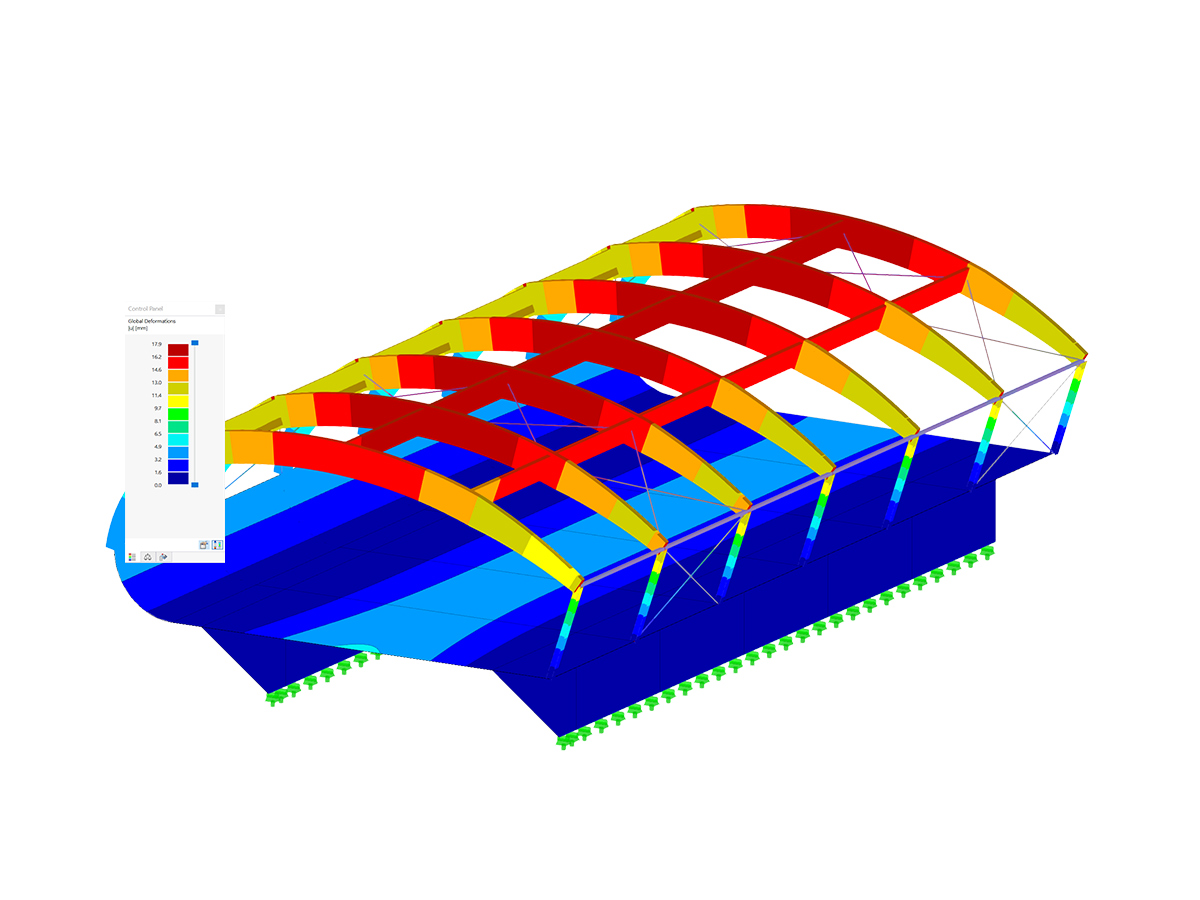
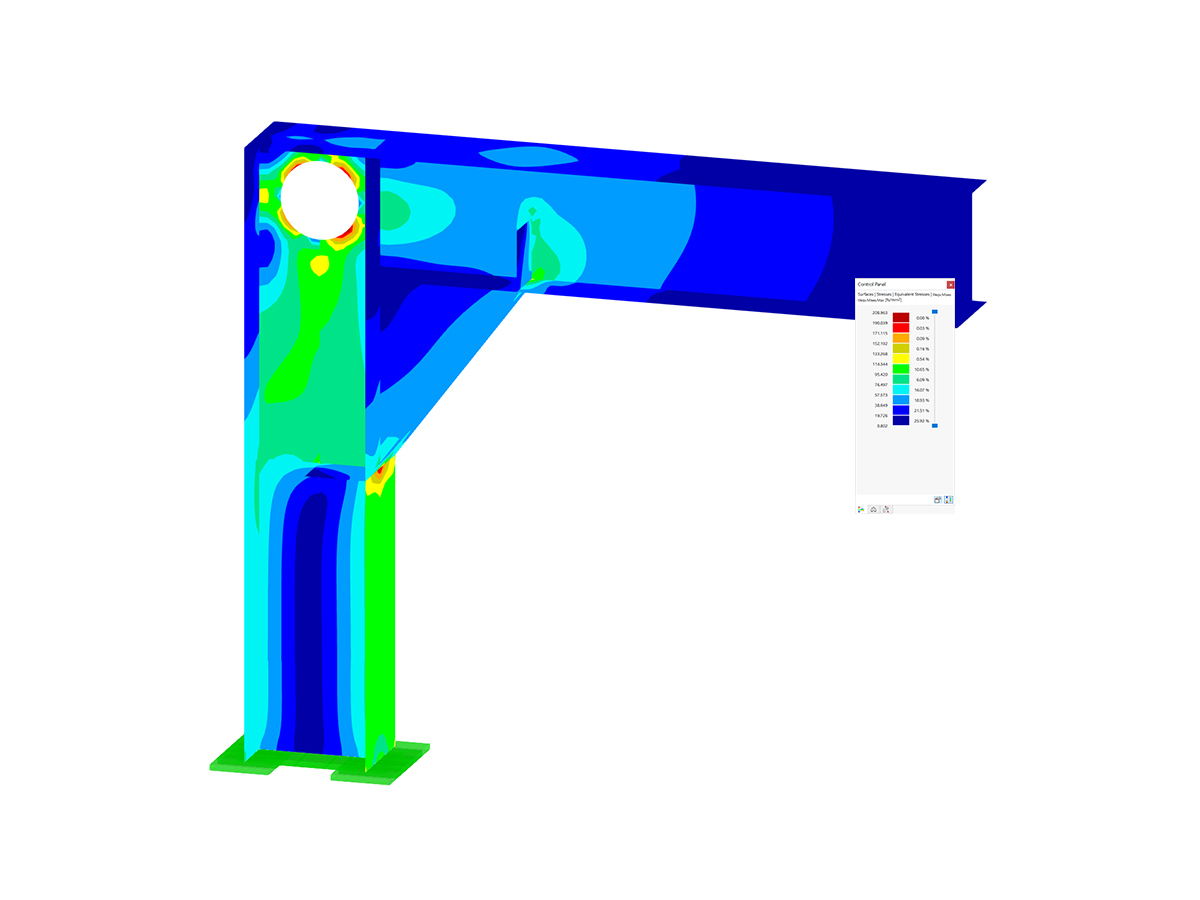
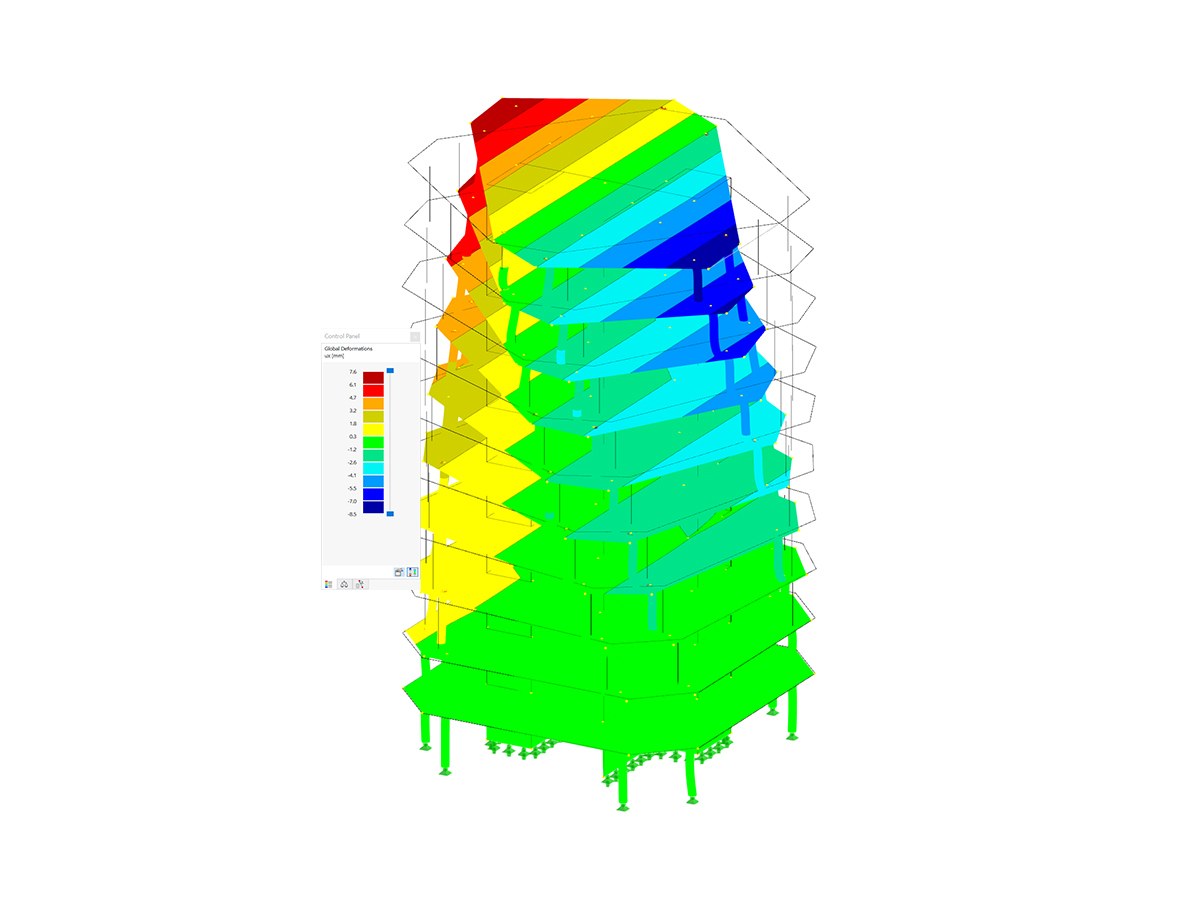
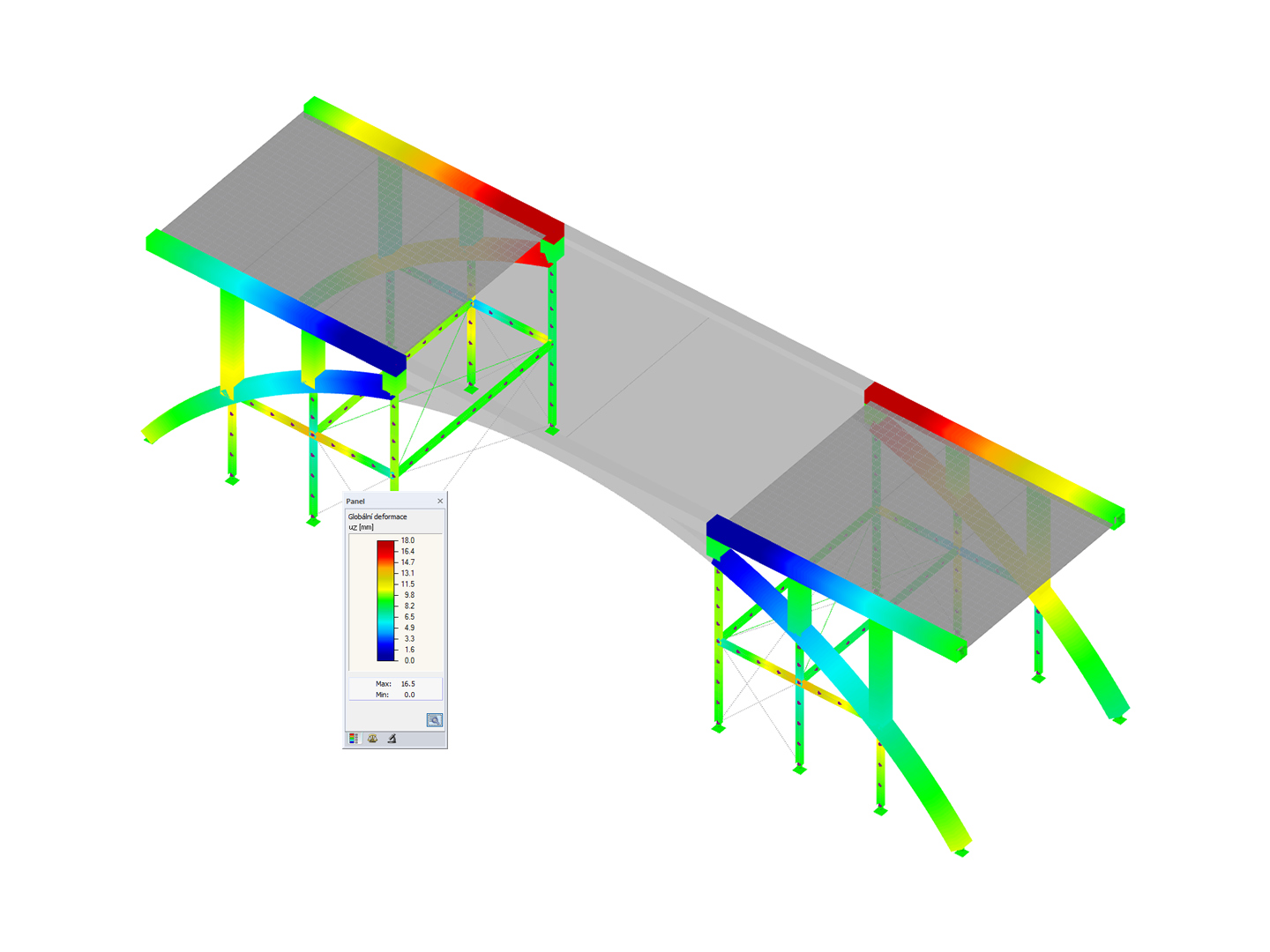

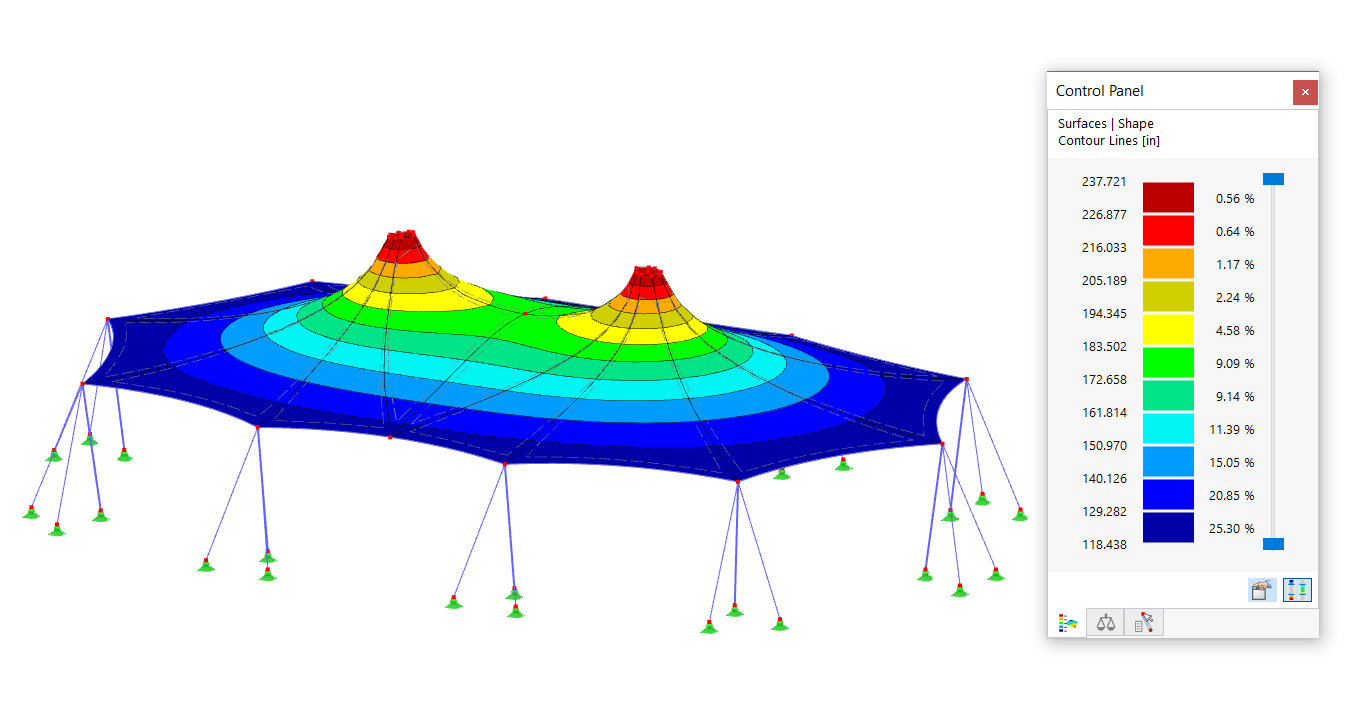
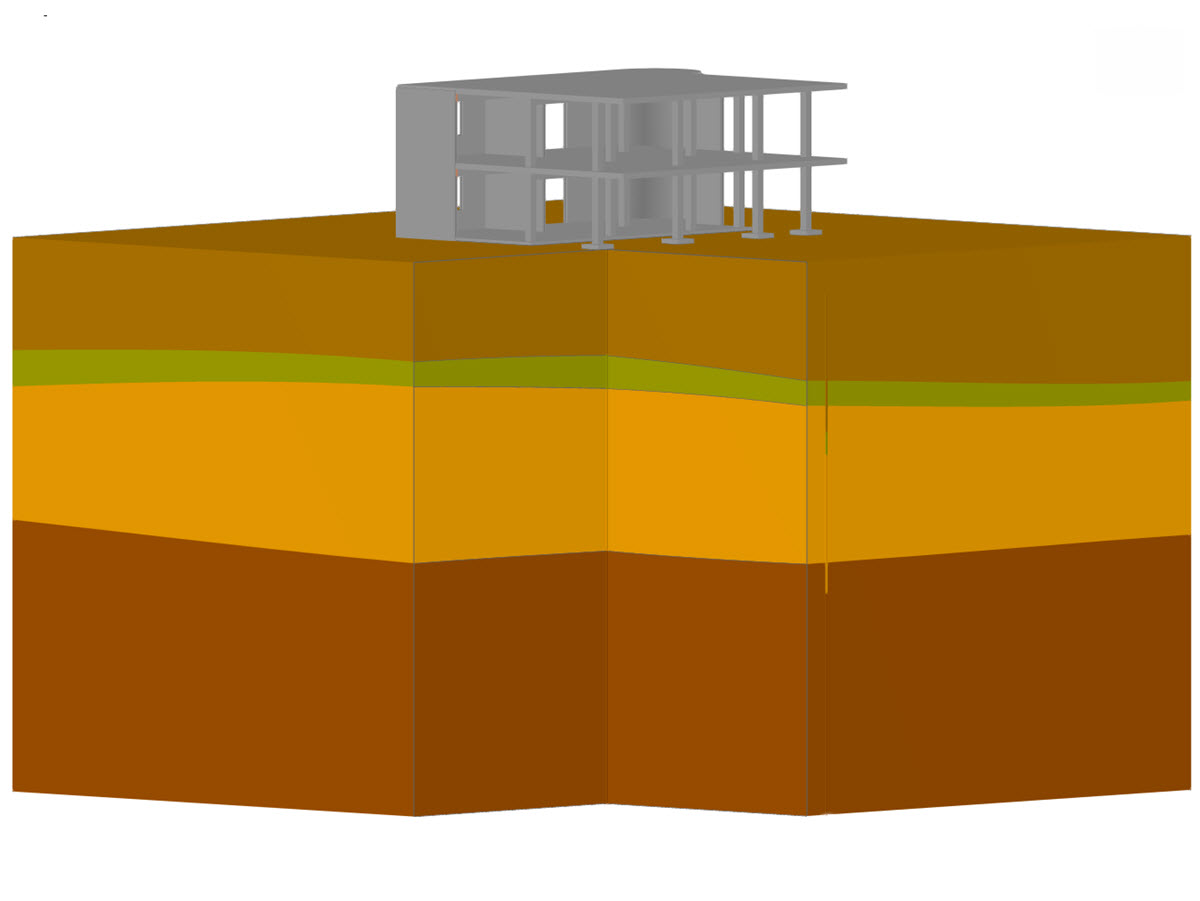

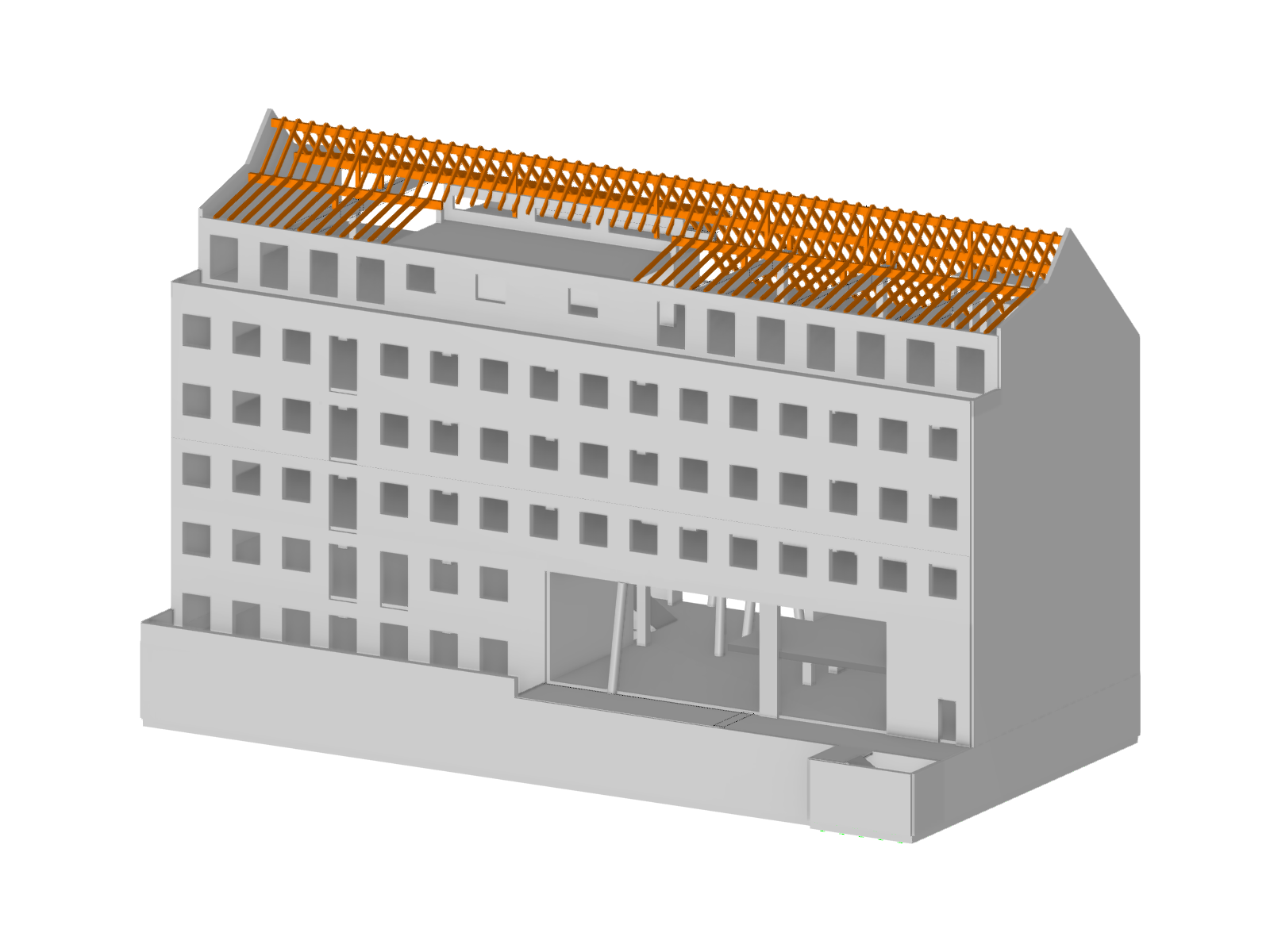
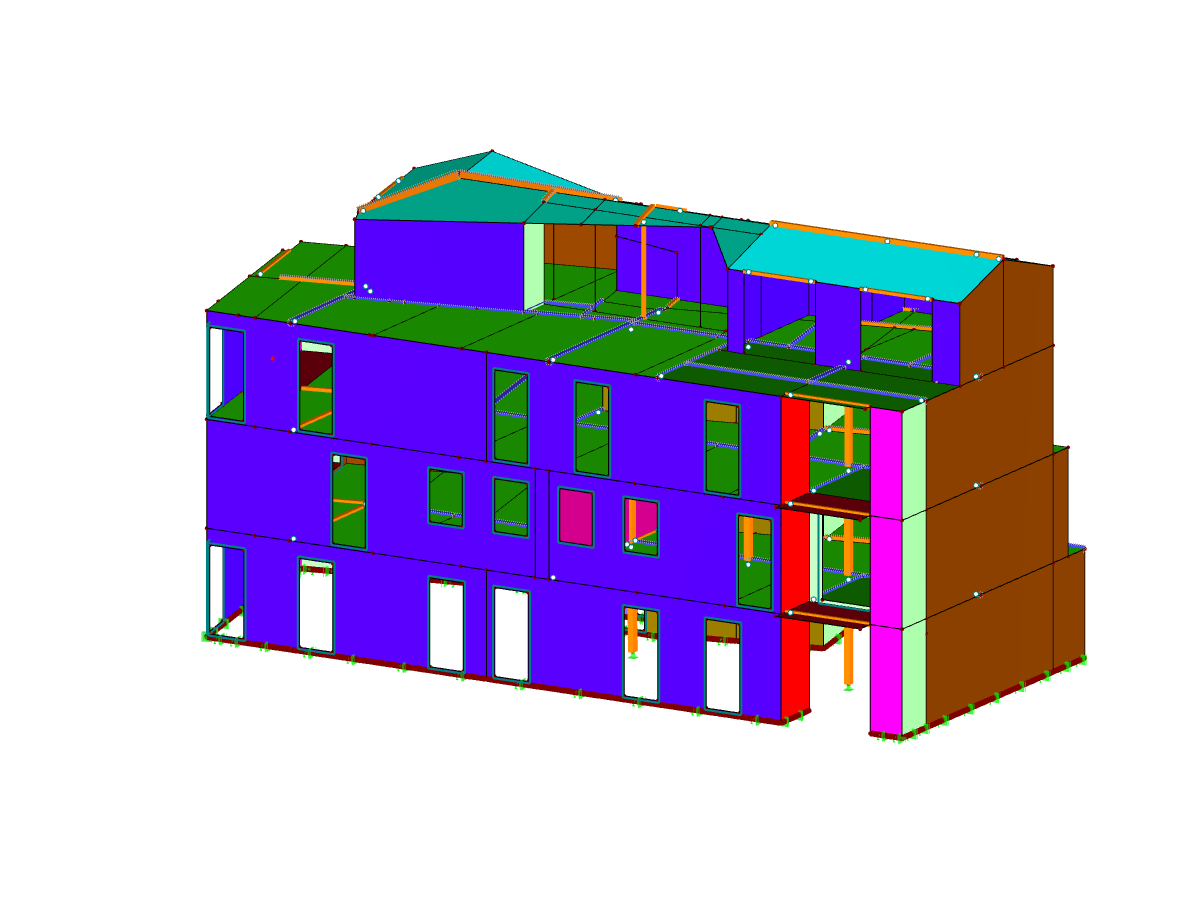
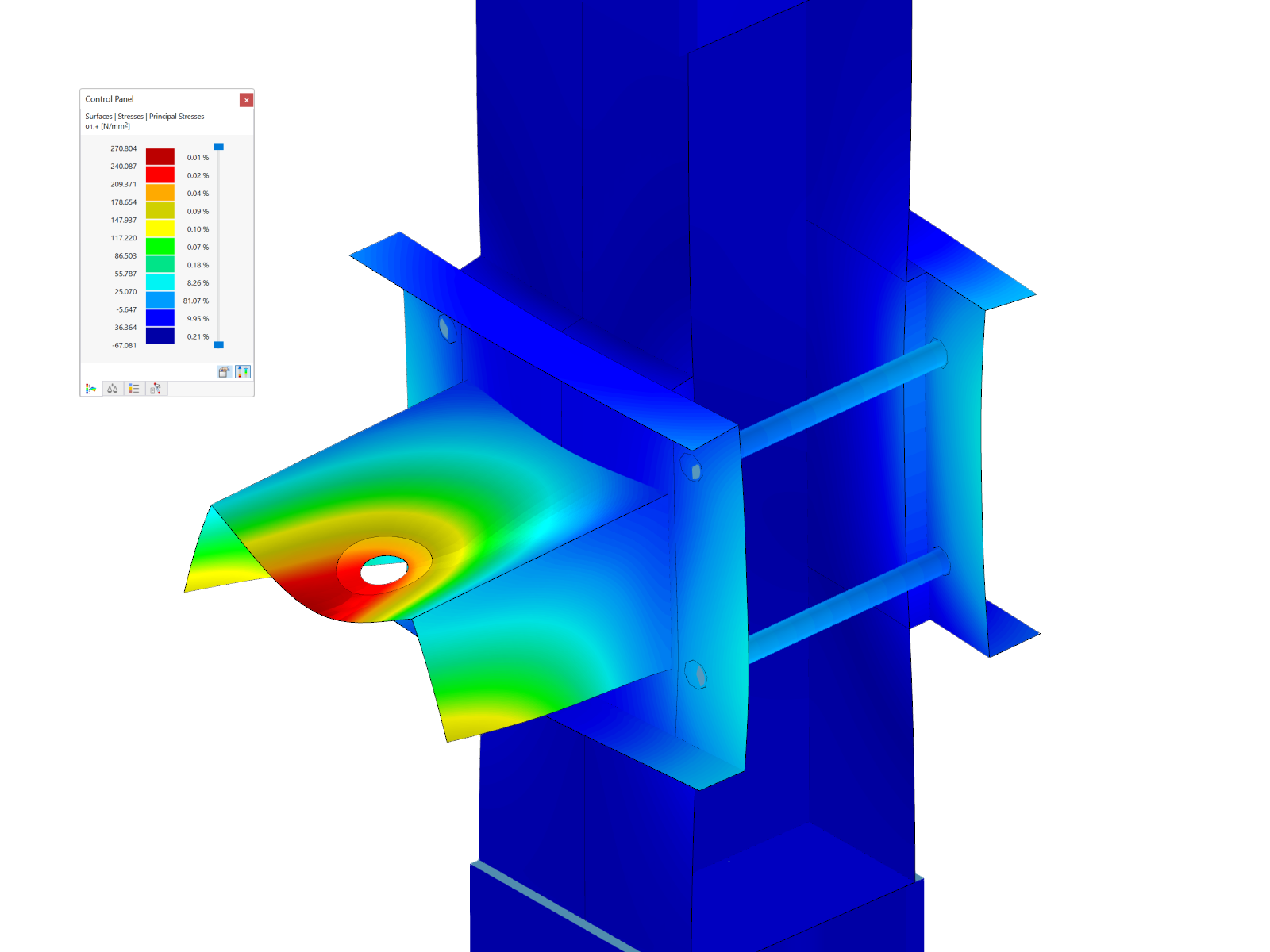
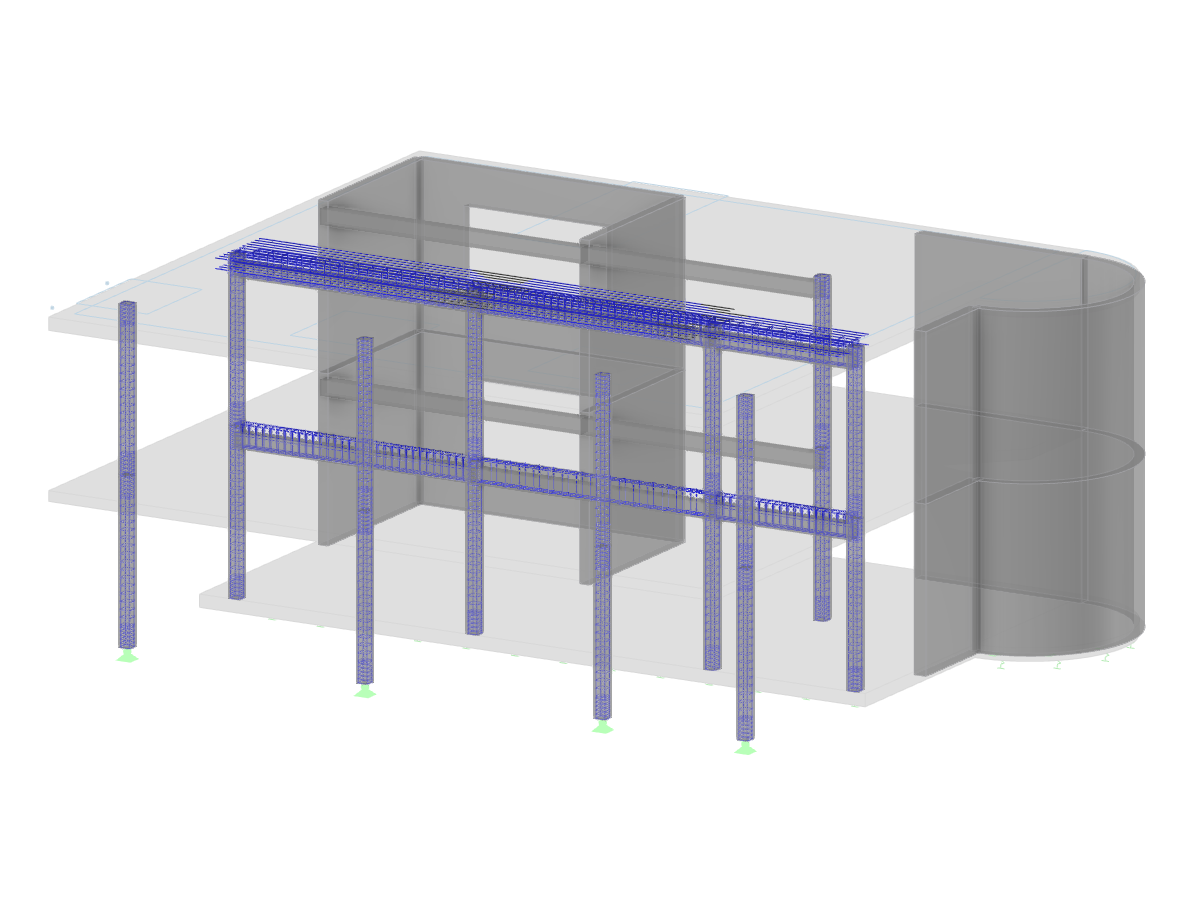
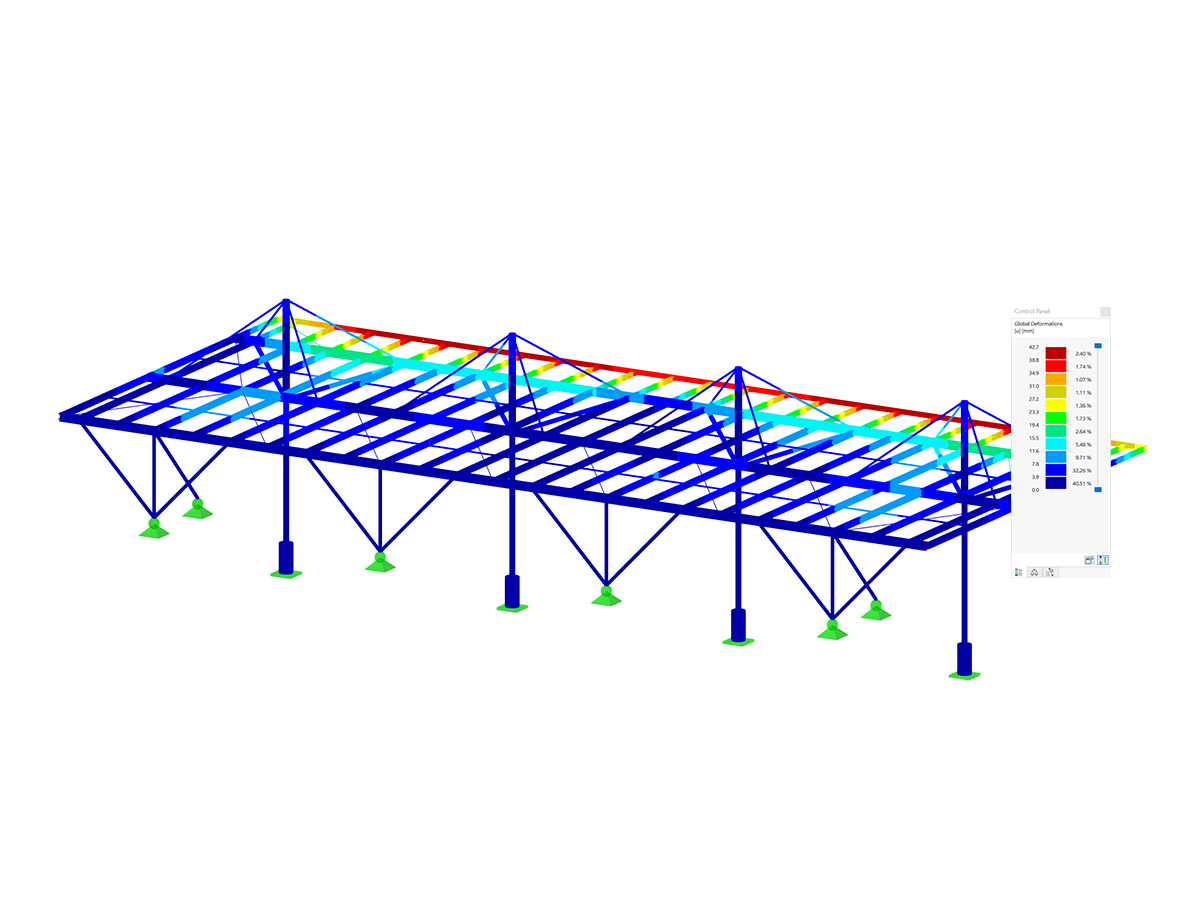
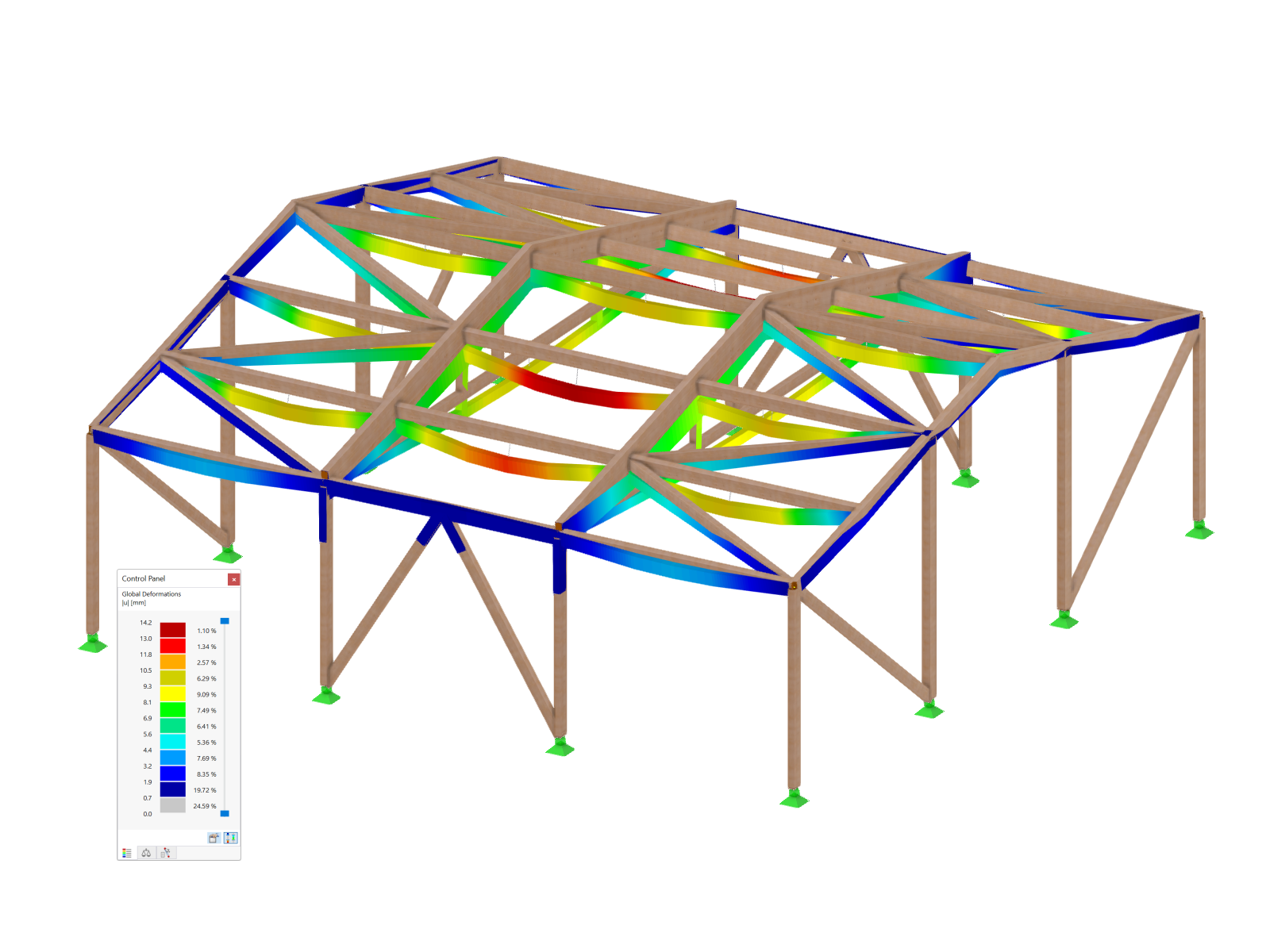
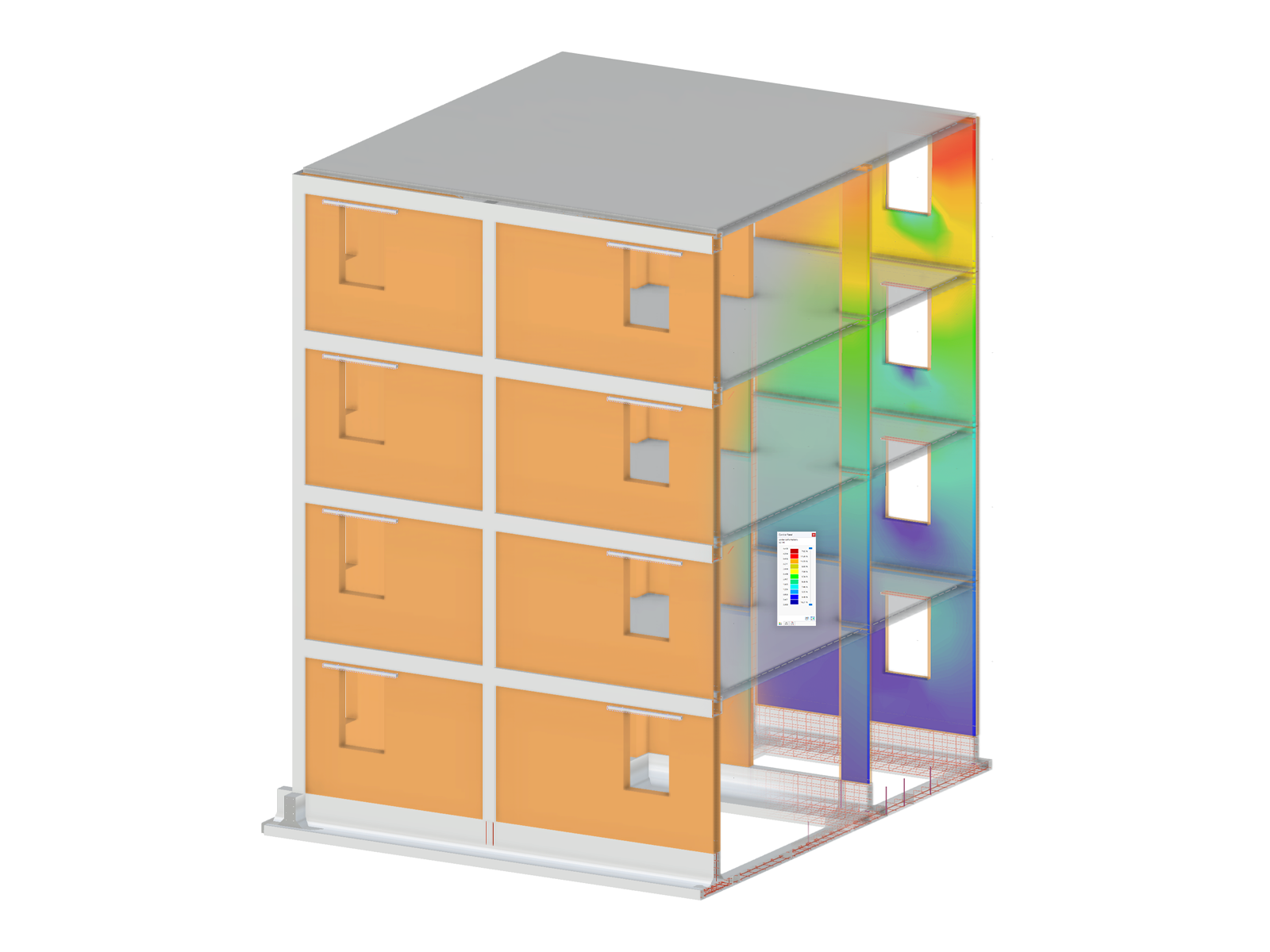
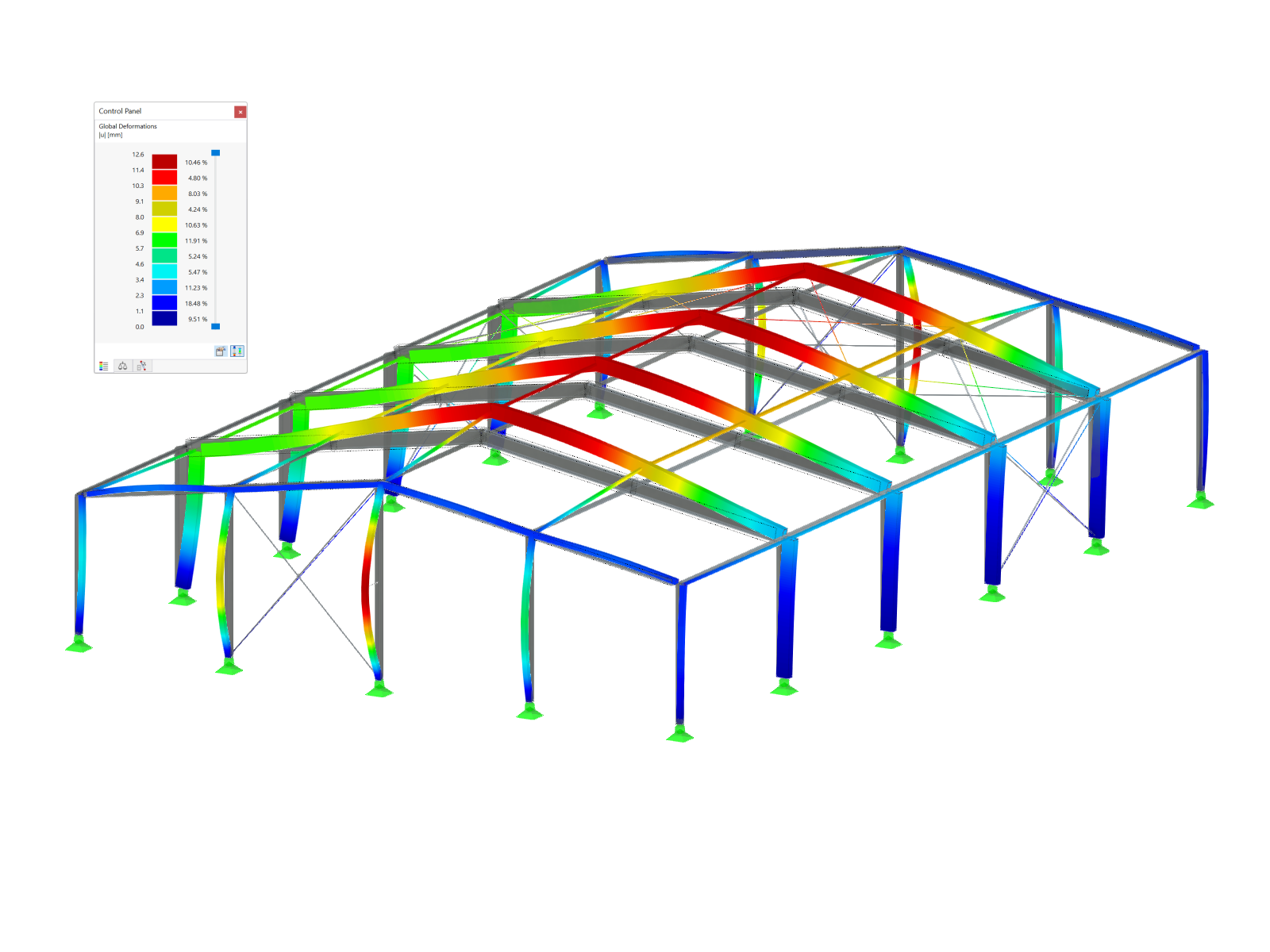
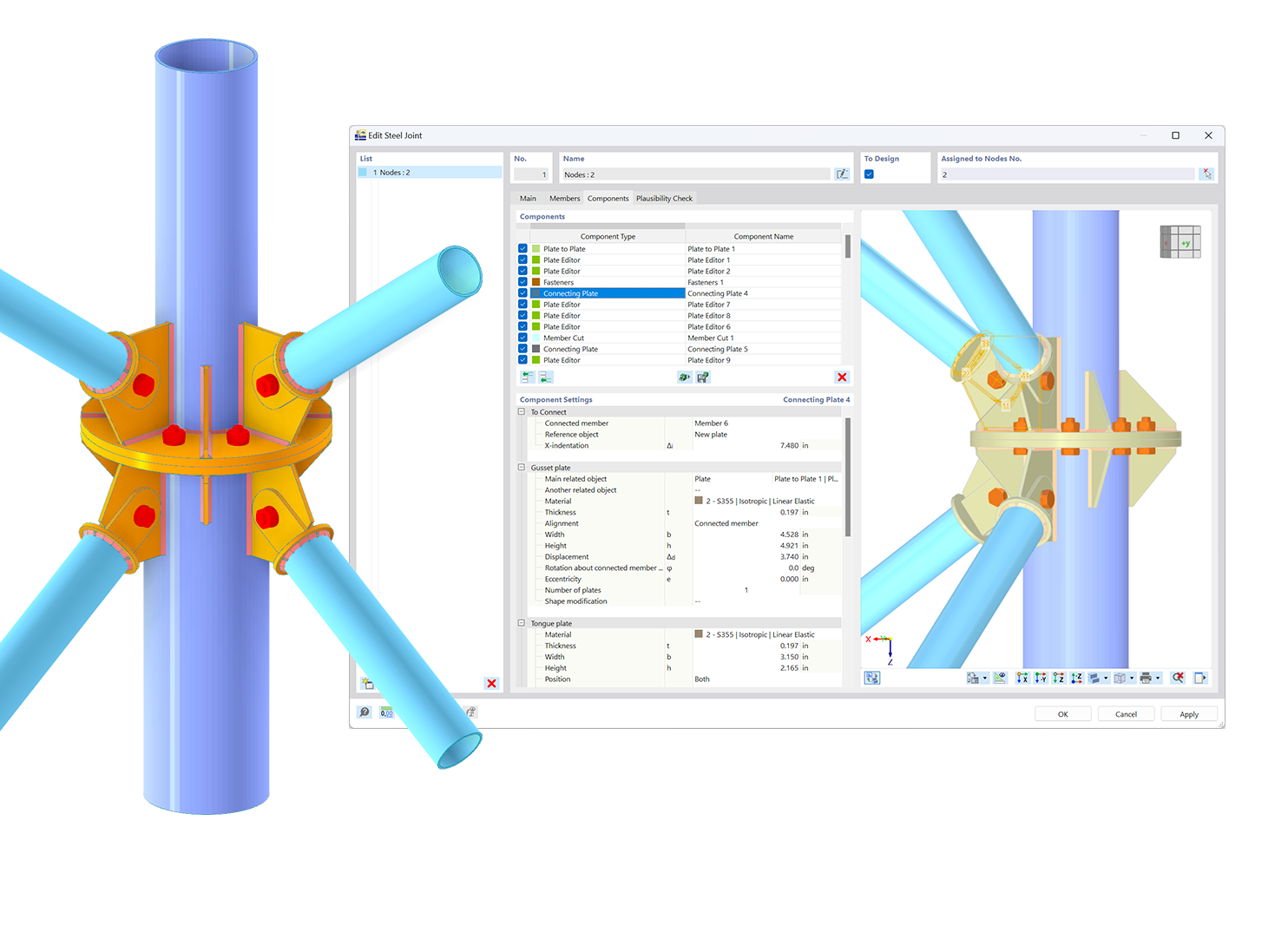.png?mw=600&hash=49b6a289915d28aa461360f7308b092631b1446e)
